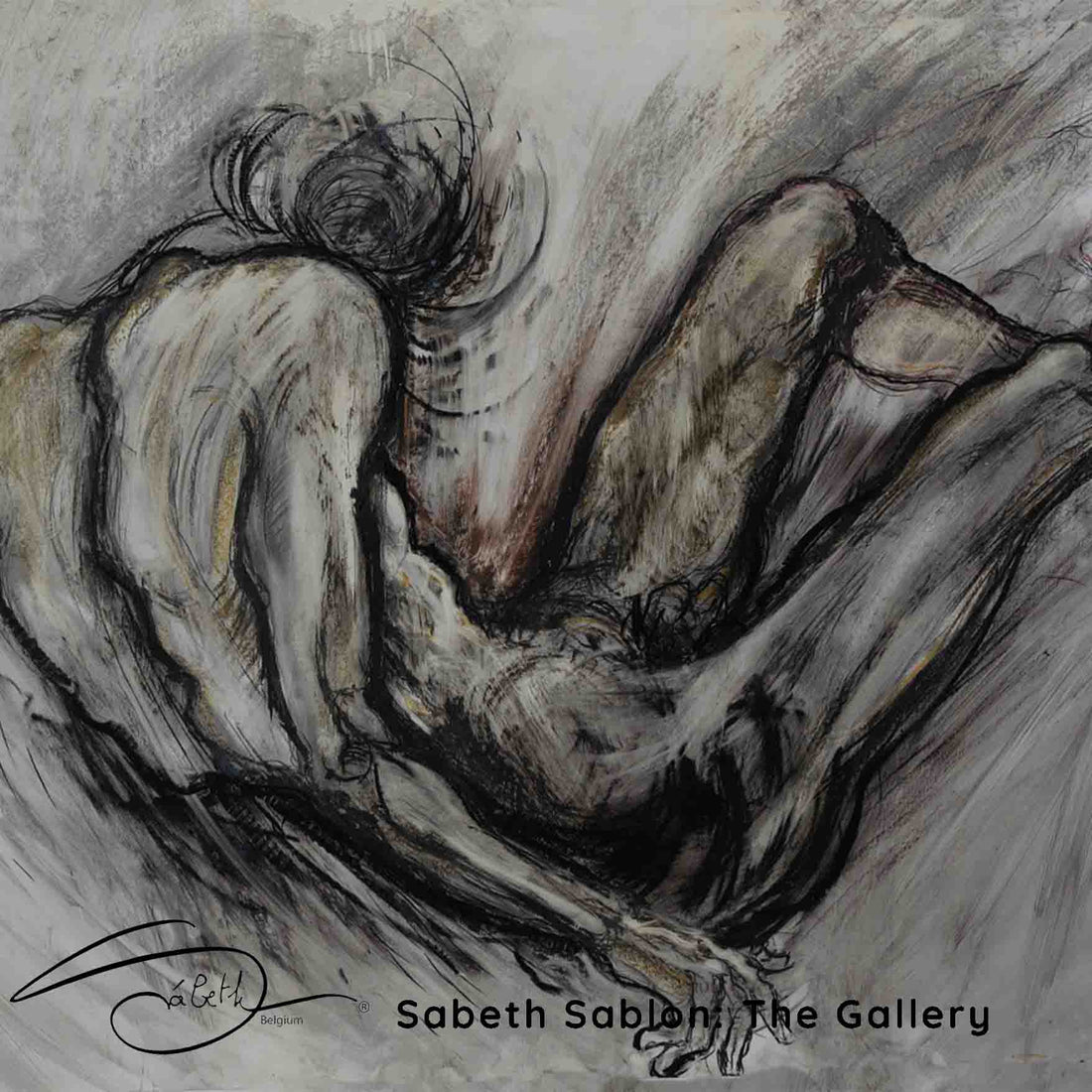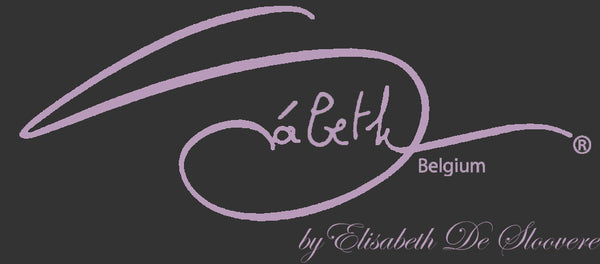
In the gallery: Fons VERSTREKEN (1929-2011)
From March 21 to May 22 there will be a small exhibition in Sabeth Sablon: The Gallery with an important selection of the oeuvre of Fons Verstreken.

Fons ( 1929-2011) was a great talent as a pianist and would have liked to seize opportunities in the music world, but his parents did not support this choice. He became a teacher and director, a profession that he practiced with great dedication in order to abundantly pass on all the knowledge he had to anyone who wanted to learn from him.
(He even taught young children with learning disabilities to read and write in creative and visual ways. He drew practice notebooks himself and thought about alternative methods to convey learning material.)
In order to express the talent hidden within him, he taught himself various techniques within the visual arts. Drawing, painting, figure drawing, sculpting, calligraphy, etching, burin engravings, graphic design and advertising work,... These are the versatile facets that he explored and mastered.
That is why his oeuvre is very versatile.

Through the various paths of visual art he looked for answers to philosophical issues, he expressed the music in his head, he tried to understand nature and humanity and he tried to put (himself) into perspective. He also dared to break taboos and go against sacred principles. It meant nothing to him to only seek out the purely commercial as an artist, he wanted to bring his own philosophy and vision, 'do his way'.
Fons was often busy with the cosmos and figured out for himself what image he should form. He said in the last phase of his life that he wanted to be in the cosmos after life.
You may wonder whether he has painted the right picture of the cosmos, but it is only he who now knows the right answer.
When the sky turns bright pink, yellow and orange, I think of him.
Technique: Burin engraving
Just like an etching, a burin engraving is an intaglio printing technique on a copper or zinc plate. With an etching, the image, drawing, design is drawn with an etching needle on the wax-covered plate. The wax is removed by the etching needle and when the design is ready, the plate is placed in an acid bath. The acid will etch and bite, causing the drawing to lie deeper in the plate. The wax is removed after biting and the plate is then ready to be rubbed with printing ink so that the grooves are filled and the plate can be printed on moist printing paper. Printing can only be done under a printing press.
It is a technique that was used by printers in the printing press from the 16th century onwards. Artists who are skilled in drawing can use their talent to use etching techniques in their visual work because drawing with an etching needle is similar to working with pencil and pen. The techniques available to treat the plate to obtain effects in the backgrounds or inking require training, practice and experiment.
That is an art in itself.
Making a burin engraving requires more than that and there are few artists who can handle it. There is no help from wax and acid. The image is applied directly to the plate with gouges that have all kinds of shapes, and you have to engrave the correct lines and depth yourself. This requires enormous strength and knowledge of technology to achieve the intended result in the hard, smooth plate. Engraving not deep enough, sliding out and errors cannot be repaired.
F. Verstreken did wonderful things with it and it was as if he was playing with curls and details and shapes. His many figure studies have also left their mark on this discipline.
The result is a large number of burin engravings such as 'The cloak', 'Arscota Ventosa', 'Metamorphosis', Figures and eagles and birds.
Fons sometimes also processed his burin engravings with etching techniques to edit the backgrounds. The AP Figure Study is an example of this. He also printed his plates himself under the printing press in his studio and even colored them by hand with watercolor and chalk.
F. Verstreken has made and printed a considerable collection of burin engravings and etchings. Especially in the period from 1970 to 1980. It was one of the phases and a period in his versatile work. When he felt the power to work with gouges diminishing, it was no longer a challenge for him, but other forms of visual work awaited him.
The plates are still in the studio at the printing press and the family still has a print of each work. The ' Burijngravure AP - Figure Study ' is the very last copy!
Collages
'From the final phase' . To conclude his work, Fons made a series of collages that he edited with different techniques. Abstract lines and surprising use of color. The deconstruction of figures with additions of radical shapes and lines. Cracks and overlaps. These are the most underlying features that characterize this series within its idiosyncratic style.
He used old drawings and watercolors that he radically tore up to create a new perspective. These collages contain elements that he had made decades earlier in a different context and a different spirit of the times. In the final phase (estimated between 2007 - 2009) he touched these elements again to 'accomplish' them in a new form. He often added new figures, creating an interesting interaction between old and new components from different phases within his work, which together are expressed within a new whole.
This selection has never been brought out or exhibited before and has always been kept in his studio until today.
